Owning a pool is a joy, but when a fiberglass pool starts to show its age – cracking, fading or leaking – it’s time to think about updating it. Equipping your pool with a reinforced thick PVC membrane is a practical and cost-effective solution that will revitalize your pool without completely replacing it at minimal cost. This method allows you to resuscitate a rigid fiberglass shell by breathing new life into it with a PVC liner.
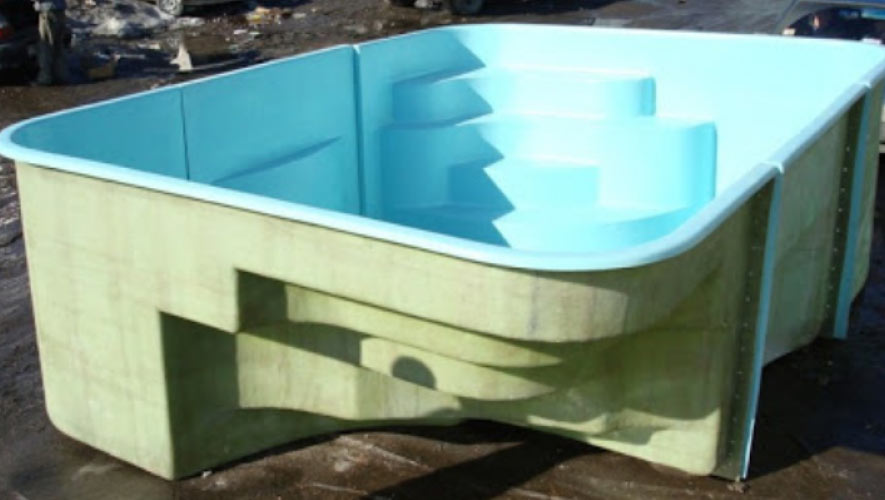
Why You Should Retrofit a Fiberglass Pool with a PVC Liner
Fiberglass pools are loved for their smooth surface and low maintenance, but like anything, they are susceptible to aging. Over 10 to 20 years, the gel coat can fade, crack or peel due to sunlight and chemicals. If the pool was installed improperly, cracks can appear in the pool in a very short time. Repairing a fiberglass pool is not easy and expensive, you have to turn to professionals to patch or re-cover the body. Leaks can also occur at seams or fittings.
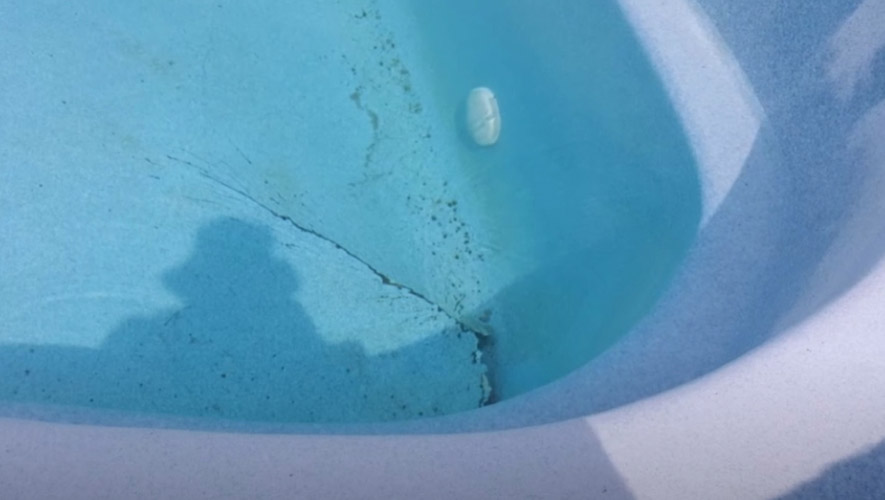
With a reinforced thick PVC membrane, a durable waterproof PVC layer is applied over the old fiberglass liner, providing an inexpensive solution to these problems and keeping the pool structure intact. This service is called pool resurfacing.
What is a Reinforced Thick PVC Membrane
Reinforced thick PVC membrane, such as Cefil 60 mil, is a three-ply heavy-duty liner with polyester mesh as the middle layer for added strength. Unlike regular vinyl film (20-30 mil) that tears easily, this version is puncture and tear resistant. It lasts for 20+ years with proper care. Its flexibility makes it ideal for pools of any shape, even the most complex. This adaptability makes it ideal for fiberglass pool conversions.
How the Conversion Process Works
Converting from fiberglass to a PVC liner pool is easier than you think. Here’s how it works:
- Assessment: You need to inspect the fiberglass liner for major damage. Small cracks are fine, but major structural problems will have to be repaired.
- Prep Work: The old sheathing is cleaned and any existing irregularities are sanded down. It will also be necessary to remove old fittings such as skimmers and return jets that are not designed to work with PVC liner.
- New Fittings: PVC membrane compatible skimmers, drains, and return jets are installed. These are inexpensive plastic parts designed for long life.
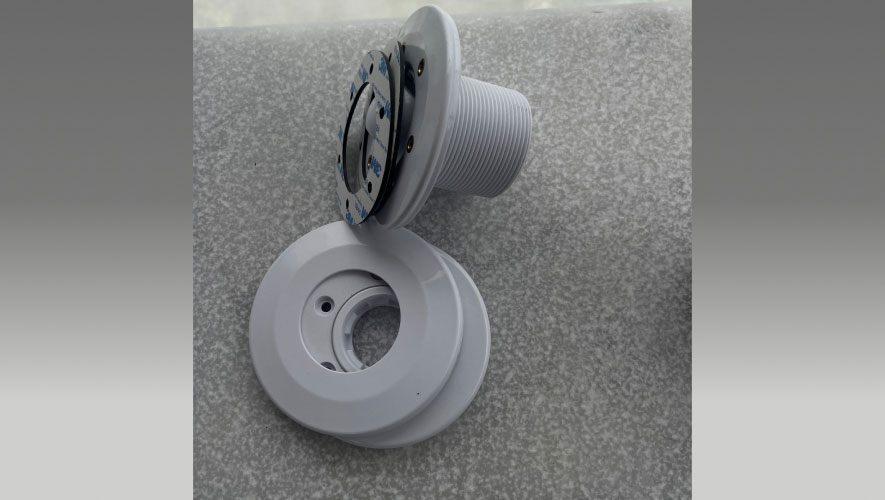
- Liner Installation: The PVC membrane strips cut to size are laid on the surface of the fiberglass pool and attached with adhesive. The strips are then double seam welded together using hot air supplied by a special hair dryer. As a result, complete watertightness is ensured.
This technology allows you to do without dismantling the old pool, which saves time, money and nerves.
Advantages of Thick PVC Over Other Options
Choosing a thick reinforced PVC membrane for remodeling has distinct advantages over using other cladding:
- Durability: Outperforms standard vinyl (5-7 years) and matches fiberglass (20+ years) without being brittle, tear and UV resistant.
- Leak Protection: Seals cracks and seams in old sheathing, unlike fiberglass, which can fail again, or thin vinyl, which is easily punctured.
- Cost Savings: A retrofit costs $7,000 – $10,000 versus $10,000+ to repair or $65,000 – $85,000 to replace a fiberglass pool.
- Flexibility: Fits any shape pool, unlike rigid fiberglass shells or prefabricated liners that limit customization options.
It’s a durable and wallet-friendly upgrade.
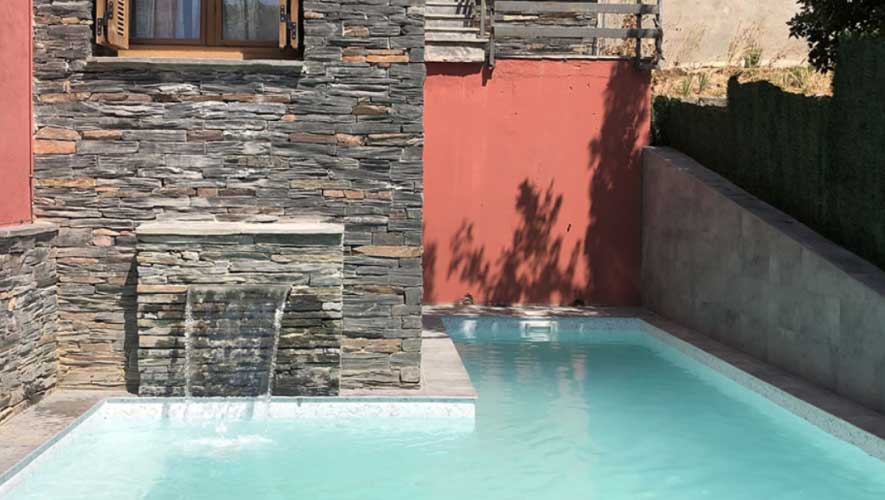
Comparison of Conversion Alternatives
Here’s how the option of installing a PVC liner compares to other options for repairing a worn fiberglass pool:
- Fiberglass Repairs: Crack sealing or re-coating costs between $2,000 and $10,000, can last 5–10 years, and does not prevent future leaks.
- Thin Vinyl Liners: These cost $5,500 to $9,500, but wear out quickly, require frequent replacement and are less durable.
- New Fiberglass Shell: A full replacement costs $80,000 to $100,000, requires excavation and limits you to standard shapes.
Switching to a thick PVC liner wins on price, durability and ease of maintenance.
Benefits for Everyday Use
Using a PVC membrane offers practical advantages that everyone can appreciate:
- Easy Maintenance: The smooth surface of PVC liner resists algae and stains better than a faded fiberglass coating. And that cuts down on cleaning time.
- Quick Repair: Completed in a matter of days, not weeks. So you’ll be able to bathe sooner than fiberglass repair or replacement.
- Customized Appearance: PVC liner provides a wide range of color and pattern(s), allowing you to update the style of your pool, unlike fiberglass with a fixed finish.
- DIY Repairs: Small mechanical tears (punctures) can be patched quickly and easily by yourself with an inexpensive patch kit. And this does not require professionals, unlike specialized fiberglass repairs.
Such a pool is easier to maintain and enjoy.
Have Questions?
Talk to our specialist! Just fill out the form, and we’ll give you a call!
Where to Order a PVC Pool Retrofit
SAKKO POOL, a pool construction company in Wellington, offers a wide selection of reinforced PVC membrane for every taste, and also performs the installation of the liner in strict accordance with the technical requirements. This is the guarantee of reliable service of your pool for many years. We give consultations, assess the condition of your pool and the cost of its reconstruction. We help you to choose the best PVC liner for your pool.

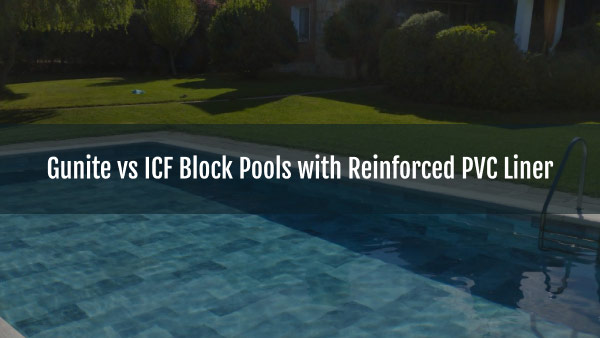


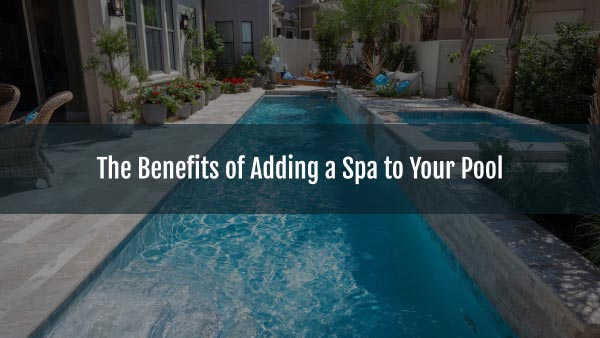


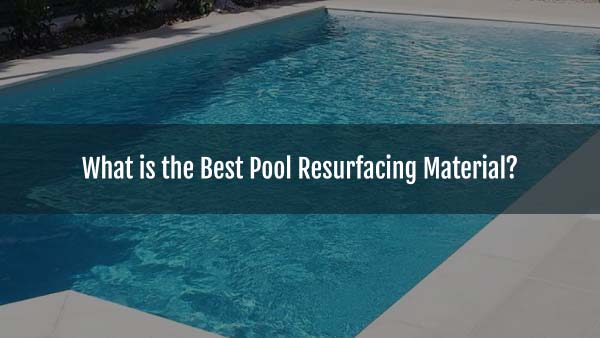

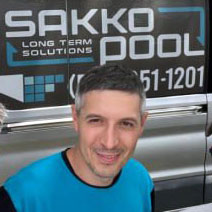
6 Comments
Ahmed Bhutta
Can I install a PVC membrane in a fiberglass pool by myself?
Konstantin Muraviov
Hi Ahmed! PVC membrane installation requires specialized equipment as well as practical skills and knowledge. Therefore, PVC liner installation should be entrusted to professionals to ensure that the pool will last a long time and will not have to be redone.
Dennis Stone
What are the differences between skimmers, return jets and drains for PVC liners and those in fiberglass pools.
Konstantin Muraviov
Hi Dennis! These elements are made of durable plastic and are specially designed to ensure complete sealing when working with PVC liner.
Tony Volta
How long can a PVC membrane installation take?
Konstantin Muraviov
Hi Tony! This depends on the condition of the fiberglass shell. If it is generally undamaged, it only requires cleaning and installation of new skimmers, nozzles, drains. The PVC membrane can then be installed. Depending on the size of the pool, this may take a few days.